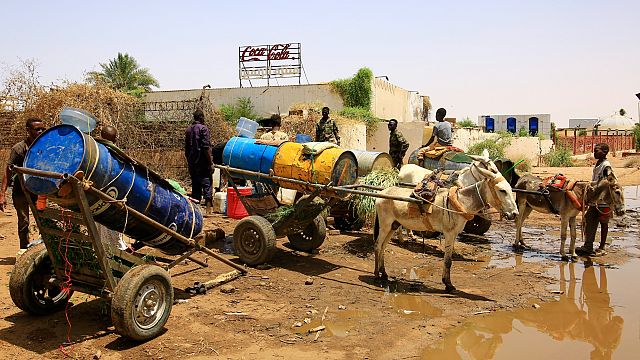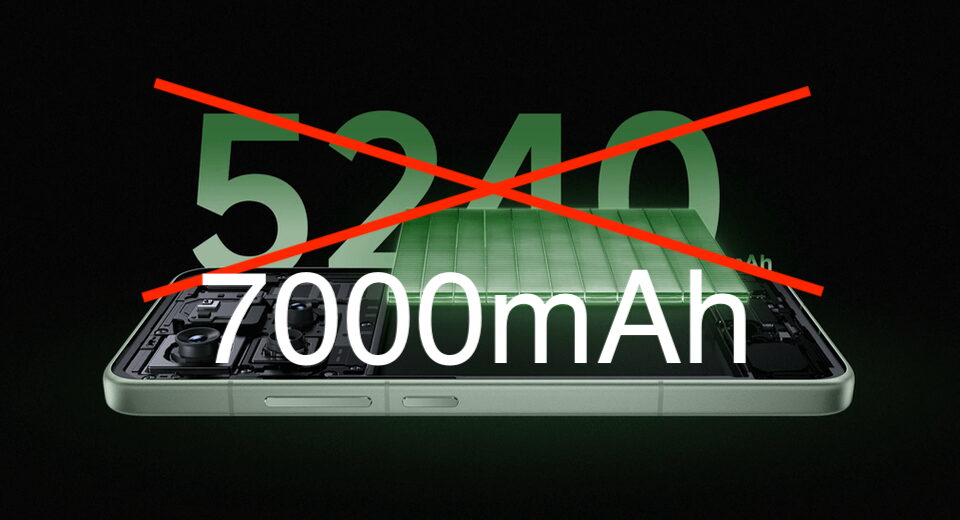Trump Targets Workplaces as Immigration Crackdown Widens


Many industries have become dependent on immigrant labor. Some workplace raids have been met with protest. The chaos that engulfed Los Angeles on Saturday began a day earlier when camouflage-clad federal agents rolled through the garment district in search of workers who they suspected of being undocumented immigrants. They were met with protesters, who chanted and threw eggs before being dispersed with pepper spray and nonlethal bullets. The enforcement operation turned into one of the most volatile scenes of President Trump’s immigration crackdown so far, but it was not an isolated incident. Last week, at a student housing complex under construction in Tallahassee, Fla., masked immigration agents loaded dozens of migrants into buses headed to detention centers. In New Orleans, 15 people working on a flood control project were detained. And raids in San Diego and Massachusetts — in Martha’s Vineyard and the Berkshires — led to standoffs in recent days as bystanders angrily confronted federal agents who were taking workers into custody. The high-profile raids appeared to mark a new phase of the Trump administration’s immigration crackdown, in which officials say they will increasingly focus on workplaces — taking aim at the reason millions of people have illegally crossed the border for decades. That is an expansion from plans early in the administration to prioritize detaining hardened criminals and later to focus on hundreds of international students. “You’re going to see more work site enforcement than you’ve ever seen in the history of this nation,” Thomas D. Homan, the White House border czar told reporters recently. “We’re going to flood the zone.” It remains to be seen how aggressively Mr. Trump will pursue sectors like construction, food production and hospitality. Raids are sometimes directed based on tips, but otherwise appear to be distributed without a clear pattern, hitting establishments large and small. A spokeswoman for the Department of Homeland Security did not respond to an email seeking details about the government’s plans, including an explanation about why the administration is ramping up work-site arrests now. Over the past month, though, the White House has pressured immigration officials to increase deportations, which have fallen short of the administration’s goals. The number of arrests has risen sharply in the past week, according to figures provided by the Department of Homeland Security. Tricia McLaughlin, a spokeswoman for Homeland Security, said 2,000 immigrants per day were arrested over the last week, up from 600 earlier in the administration. It was not clear how many of those arrests were made at raids of work sites. More than 4 percent of the nation’s 170 million person work force was made up of undocumented immigrants in 2023, according to estimates from Goldman Sachs, making job sites a prime setting for agents to find people. The number of immigrants who could be subject to such sweeps increased by at least 500,000 at the end of May, as the Supreme Court allowed the administration to revoke the temporary status that had allowed many Venezuelans, Cubans, Haitians and Nicaraguans to work. Workplace raids require significant planning, can be costly and draw on large teams of agents, but they can yield more arrests than pursuing individual targets. The raids may have become feasible in recent weeks, experts said, as personnel from the F.B.I. and other law enforcement agencies have been enlisted on immigration operations. “Goosing the numbers is a big part of this because it’s so much more efficient in manpower to raid a warehouse and arrest 100 illegal aliens than it is to send five guys after one criminal,” said Mark Krikorian, director of the Center for Immigration Studies, which advocates less immigration. Workplace raids also send a warning to a far broader group of undocumented people, most of whom have not committed crimes. “If you want to get people packing up and leaving, that isn’t going to happen if you’re just focusing on the criminals,” Mr. Krikorian said. In interviews, migrants and employers expressed alarm about the toll a sustained crackdown could take on the work force. Undocumented immigrants are concentrated in a few American industries, making up 19 percent of landscaping workers, 17 percent of farm workers and 13 percent of construction workers, according to the estimates from Goldman Sachs. Gus Hoyas, a Republican who runs a construction firm in Cleveland, said his industry has long leaned heavily on people with valuable skills who are in the country without permission. “They’re undocumented, but we’ve got to do something, because these people are tradesmen — they’re pros in the field,” said Mr. Hoyas, a naturalized immigrant from Colombia. “You get rid of these folks, and it’s going to kill us in the construction arena.” During his first term, Mr. Trump — whose own businesses have employed workers without papers — sent mixed messages about his eagerness to crack down on undocumented labor. Early on, his administration carried out several workplace raids, and conducted more audits of worker eligibility paperwork than the Obama administration had. But Mr. Trump’s Justice Department prosecuted relatively few employers for hiring undocumented workers. And in 2017, the president commuted the sentence of an Iowa meatpacking plant executive convicted in the Obama era after a jury found that he knowingly hired hundreds of undocumented workers and paid for their forged documents. The Covid-19 pandemic halted efforts to go after undocumented workers. “These were people who were processing our food, making our food, delivering our food so we could all live in the comfort of our Zoom existence,” said Muzaffar Chishti, a senior fellow at the nonpartisan Migration Policy Institute. “That was not lost on people.” Mr. Biden, who began his presidency facing a beleaguered economy and a severe labor shortage, never prioritized workplace immigration enforcement. The system that gave rise to this shadow work force dates to 1986, when President Ronald Reagan signed a bill granting amnesty to nearly three million undocumented immigrants, allowing them to pursue citizenship. The bill also criminalized hiring people without legal status and required that employers collect an I-9 form from every new hire, substantiating their work authorization with identification. In 1996, the Internal Revenue Service created an alternative to a Social Security number that allowed immigrants to file federal tax returns on their earnings. Unauthorized immigrants often do so because it can be beneficial on citizenship applications down the line and also count toward Social Security benefits if they are able to naturalize. Their payments generate tens of billions of dollars in tax revenue each year. Since then, enforcement of immigration labor laws has varied widely. In the late 1990s, the government prioritized egregious cases of employers who abused workers or who knowingly hired large numbers of undocumented migrants. After the Sept. 11, 2001, attacks, investigators focused on sensitive sites such as airports and military bases. Over the years, raids at farms, meatpacking plants and construction sites have grabbed headlines, but employers have seldom faced severe consequences. Many subcontract to avoid liability, and managers have long asserted that it is difficult to identify fake documents. “They have plausible deniability for just about any hires,” said Daniel Costa, an immigration labor expert at the Economic Policy Institute, a left-leaning think tank. “The system was kind of rigged against workers and in favor of employers from the beginning.” Immigrant workers tend to be younger, while the U.S.-born population is aging into retirement. Millions of people who arrived between 2022 and 2024, largely from Latin America, Ukraine and Afghanistan, were generally eligible to work, since the Biden administration granted most of them some kind of temporary legal status. For those reasons, the share of the labor force that is foreign born rose to 19.7 percent in March, the highest on record. That is why a serious work-site crackdown could severely affect some industries, especially if employers begin preemptively firing people known to be undocumented. Employers also must balance verifying a worker’s status with risking accusations of discrimination on the basis of race and national origin, which is also illegal. “If you’ve done your due diligence as an employer, your own doubt or suspicion isn’t going to be enough for me to say, ‘Yeah, fire that person,’” said Eric Welsh, an attorney with Reeves Immigration Law Group, which helps both individuals and companies with visa issues. “You’re damned if you do and damned if you don’t.” After Mr. Trump’s election, employers started performing more internal audits to verify employees’ identification documents and work permits, immigration attorneys said. Chris Thomas, a partner with the firm Holland & Hart in Denver, said his business clients had seen more notices of investigation and letters from the Internal Revenue Service flagging Social Security numbers that don’t match the agency’s records. The Department of Justice raised the stakes in early February with a memo that directed attorneys to use “all available criminal statutes” to enforce immigration laws. “If you know you have undocumented workers, and you’re not severing ties with them at this stage, you’re in a position where they’re coming pretty soon,” Mr. Thomas said. “If you wait until they arrive on the scene it’s probably too late.” Greg Casten, who co-owns several restaurants, a fish wholesaler and a few other hospitality businesses in Washington D.C., has watched the government’s shifting approach to undocumented workers for more than 40 years. Many of his 600 employees are immigrants. He has found Salvadorans in particular, to be skilled at cutting fish. Every year he gets a list from the I.R.S. of Social Security numbers on his payroll that don’t match official records, and every year he goes through to try to address any gaps. Still, it’s not perfect. “I do have some people who work for me who can barely speak English, and I find it hard to believe sometimes when they’re giving me paperwork,” Mr. Casten said. But since he puts in the necessary effort, he doesn’t worry much about punishment. In early May, the Department of Homeland Security served inspection notices to 187 businesses in Washington, though none of Mr. Casten’s. “Right now, as fragile as this industry is, if they came in and took 20 percent or 10 percent of someone’s work staff, they would be out of business,” he said. The heightened risk of enforcement has led some employers to preemptively let go of workers they suspect are undocumented. Miriam, a mother of five in Los Angeles who crossed the border illegally 26 years ago, said the Trump administration’s immigration policies led her boss at a 24-hour laundromat to fire her recently. “Many people have lost their jobs overnight,” said Miriam, who is 40 and agreed to be identified only by her first name out of concern about drawing the attention of immigration officials. “We’re all afraid.” Hamed Aleaziz contributed reporting.
What's Your Reaction?
 Like
0
Like
0
 Dislike
0
Dislike
0
 Love
0
Love
0
 Funny
0
Funny
0
 Angry
0
Angry
0
 Sad
0
Sad
0
 Wow
0
Wow
0






































